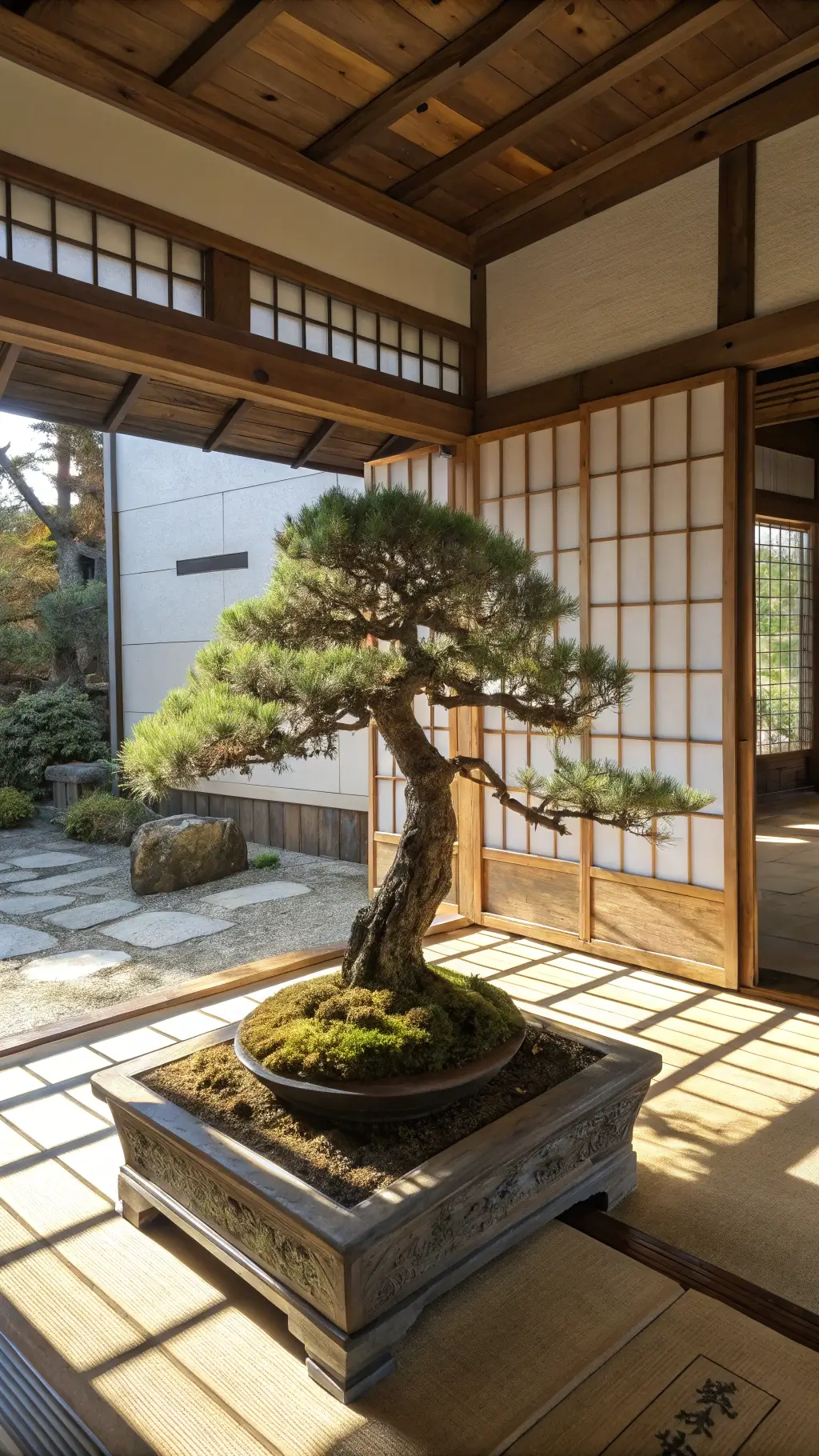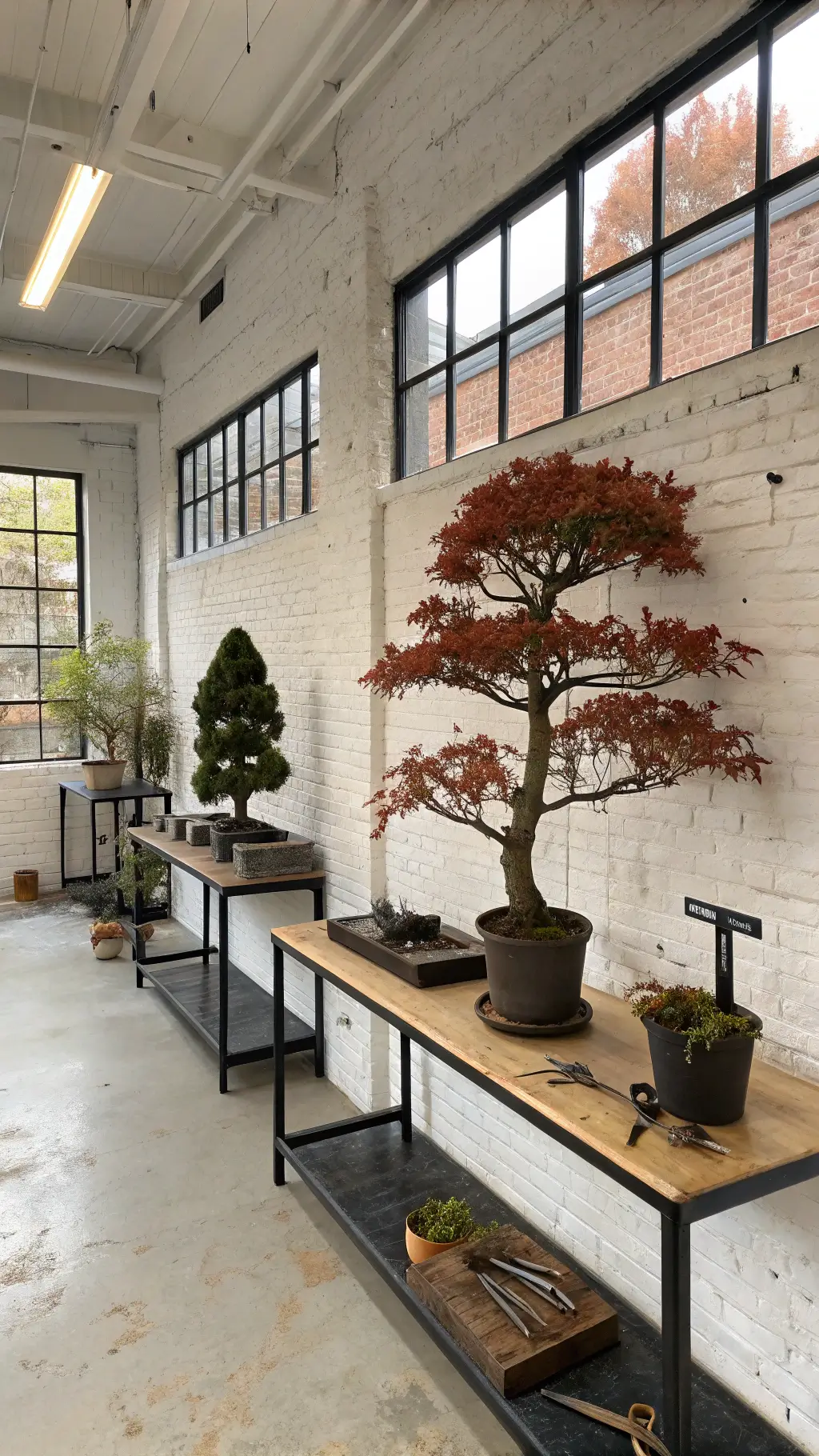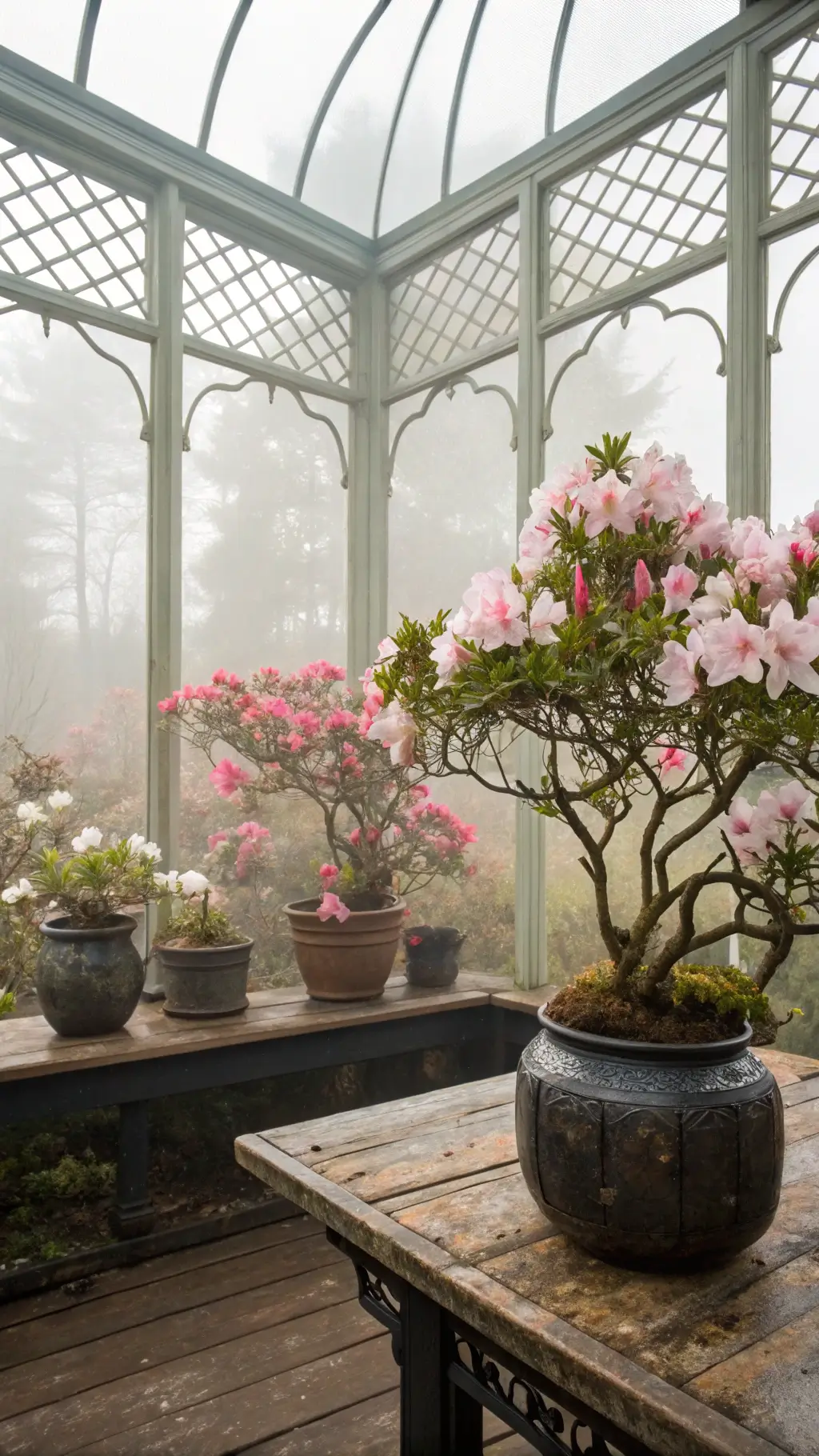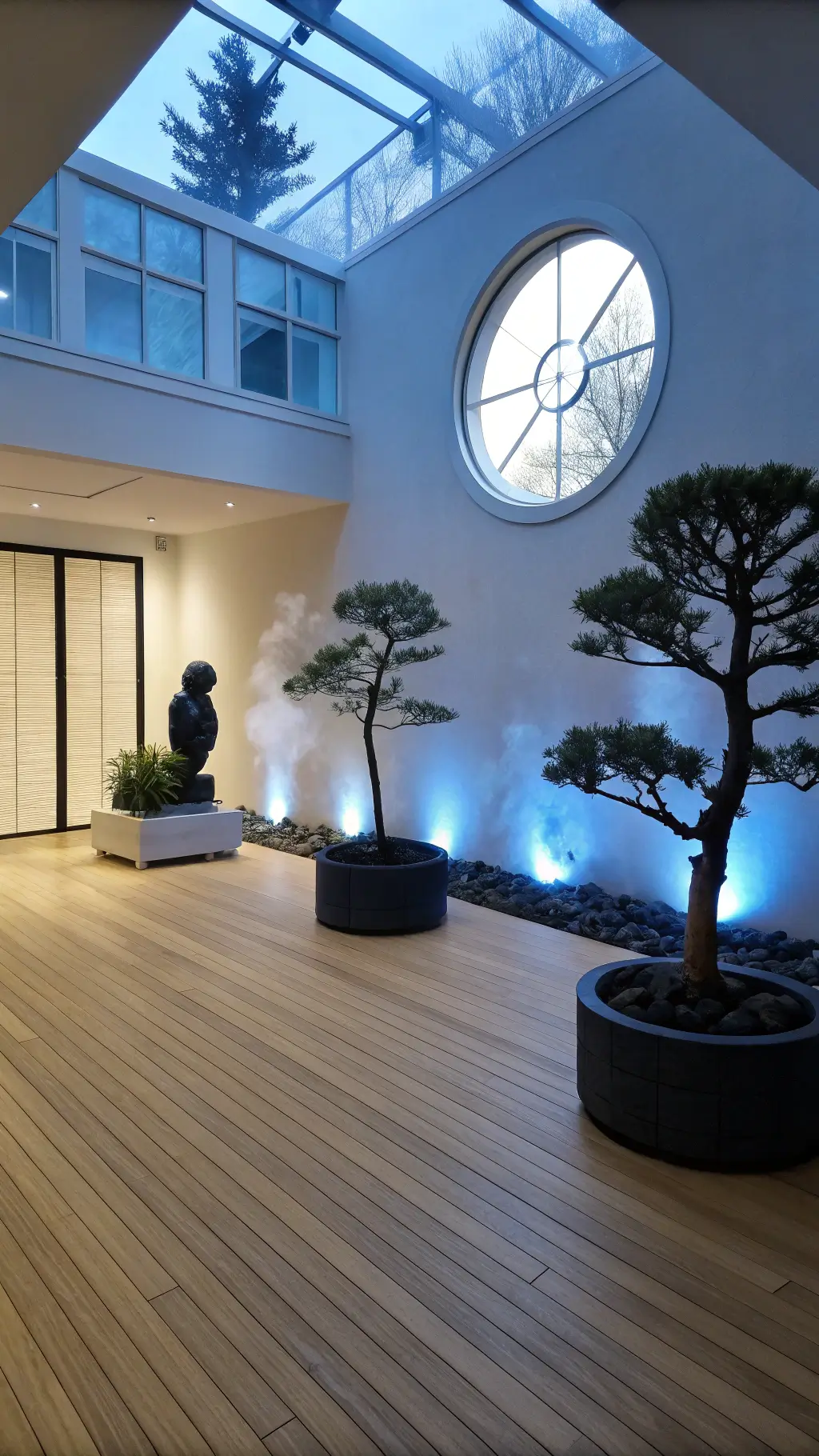The Ancient Roots of Bonsai: More Than Just Small Trees
Bonsai isn’t just a hobby – it’s a thousand-year-old art form with deep cultural roots.
Quick History Bite:
- Originated in China around 1,000 years ago as “penjing”
- Introduced to Japan by Buddhist monks in the 6th century
- Literally means “planted in a container” in Japanese

The Artistic Philosophy Behind Every Miniature Masterpiece
Imagine capturing an entire forest’s essence in a small pot. That’s the magic of bonsai.
Core Artistic Principles:
- Reflect nature’s raw beauty
- Create perfect proportions
- Tell a story without words
- Demonstrate incredible patience and skill

Techniques That Transform Trees
Bonsai artists are like sculptors, but their medium is living, breathing vegetation:
- Pruning: Carefully removing branches to shape growth
- Wiring: Guiding branches into elegant, natural-looking positions
- Root Trimming: Controlling size and encouraging compact growth
- Container Selection: Choosing pots that complement the tree’s character

Cultural Significance: More Than Just a Plant
In Japanese philosophy, bonsai represents something profound – a dialogue between humans and nature.
Spiritual Dimensions:
- Embodies harmony between human and natural worlds
- Teaches meditation through plant care
- Represents life’s impermanence (wabi-sabi philosophy)
- A practice of mindfulness and respect

Modern Bonsai: A Global Art Form
Today, bonsai has transcended its traditional Japanese origins:
- Practiced worldwide by enthusiasts and professionals
- Competitions and exhibitions celebrate this living art
- Techniques adapted to local plant species
- Growing community of passionate practitioners
Who Can Practice Bonsai?
Surprising fact: Anyone can start! You don’t need:
- Professional training
- Expensive equipment
- Years of experience
What You Need:
- Patience
- Curiosity
- Basic gardening knowledge
- Love for nature

Getting Started: Your Bonsai Journey
Pro Tips for Beginners:
- Start with forgiving species like Juniper or Ficus
- Invest in quality, basic tools
- Join local bonsai clubs
- Watch online tutorials
- Practice, practice, practice!
The Living Legacy of Bonsai
Bonsai is more than an art form – it’s a conversation between human creativity and nature’s magnificent design. Each tiny tree tells a story of patience, dedication, and profound respect for the natural world.
Remember: Every bonsai is a living sculpture, evolving with time, just like the artist who shapes it.
Quick Disclaimer
While bonsai looks magical, it requires consistent care. These aren’t set-it-and-forget-it plants. They’re living beings that demand attention, love, and understanding.
Ready to start your miniature tree adventure? The world of bonsai awaits!
